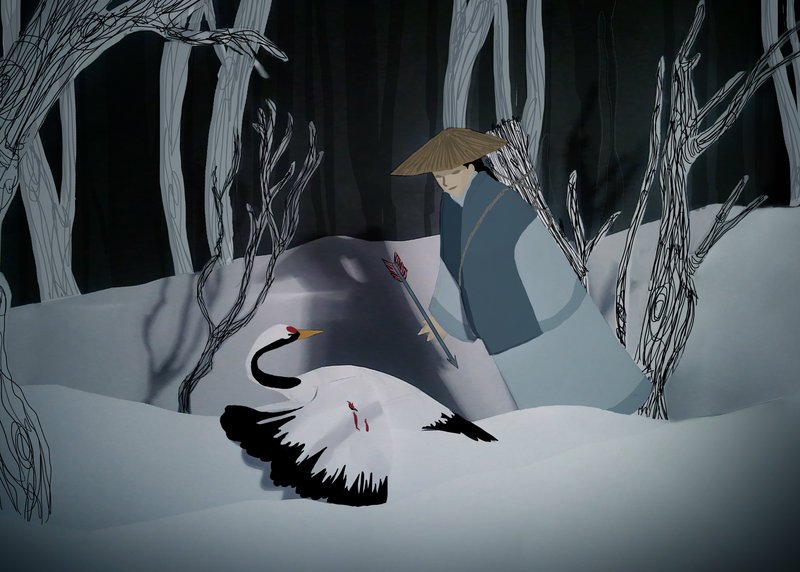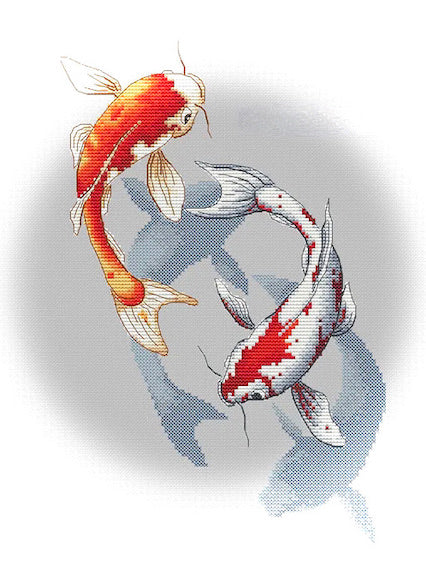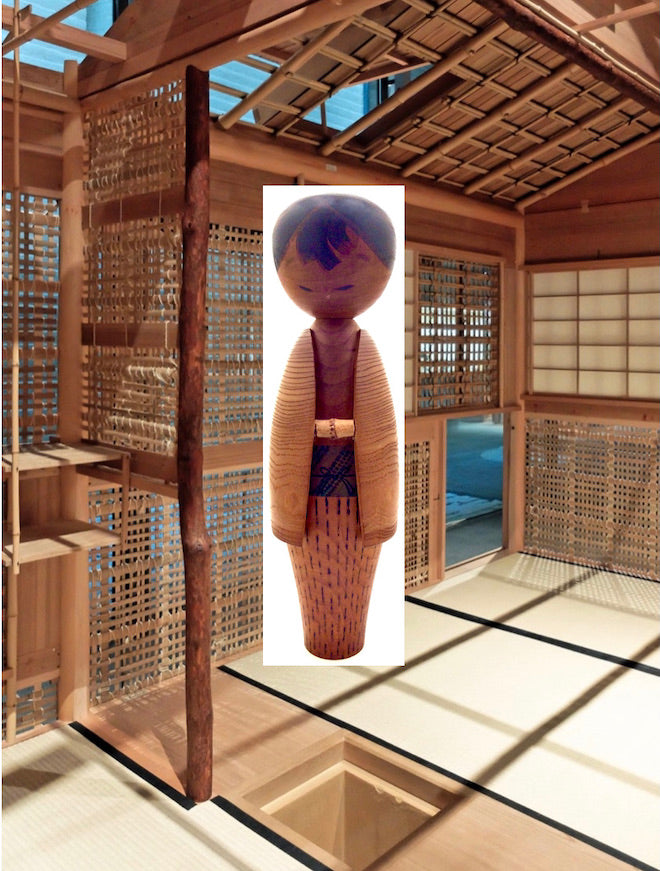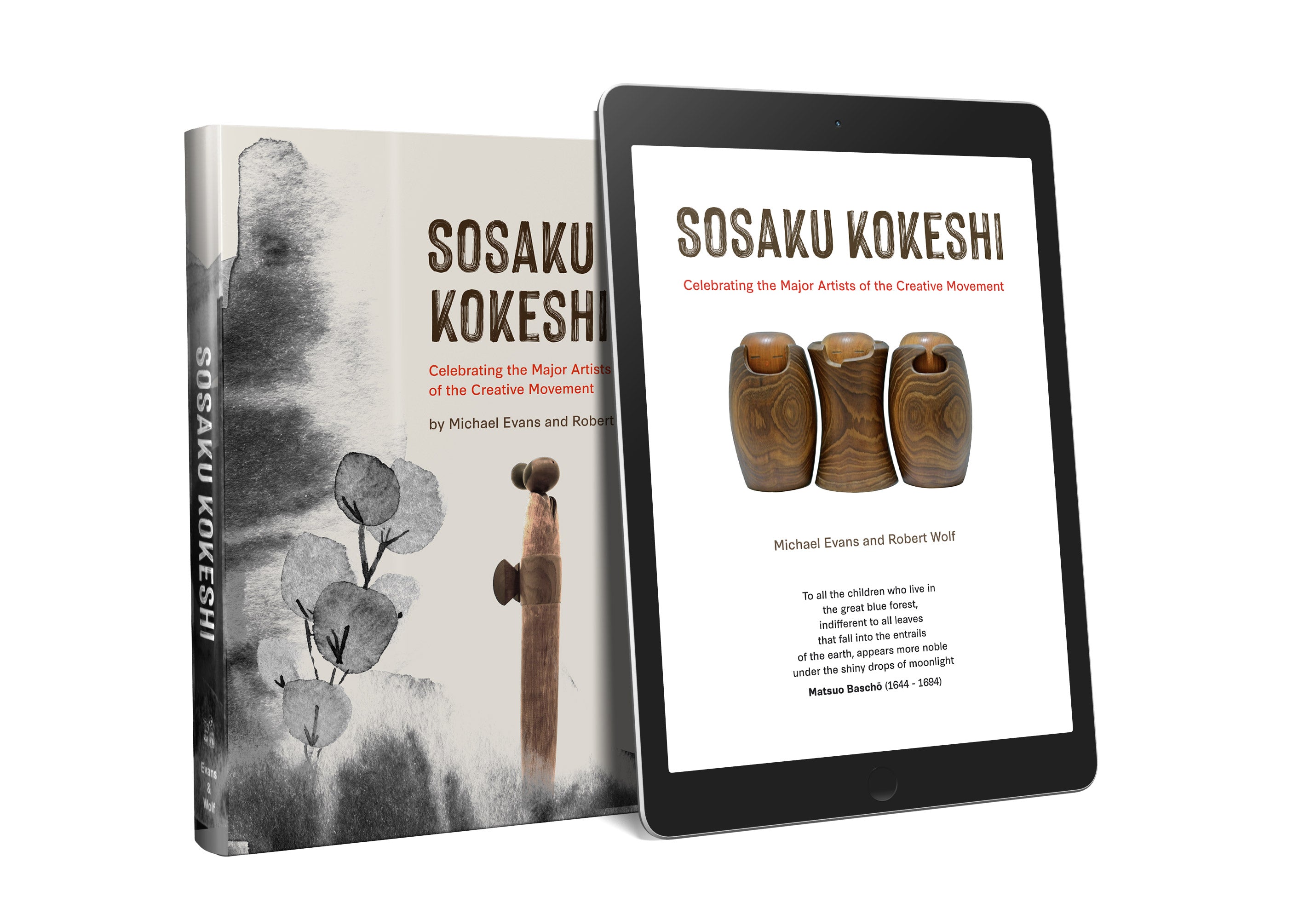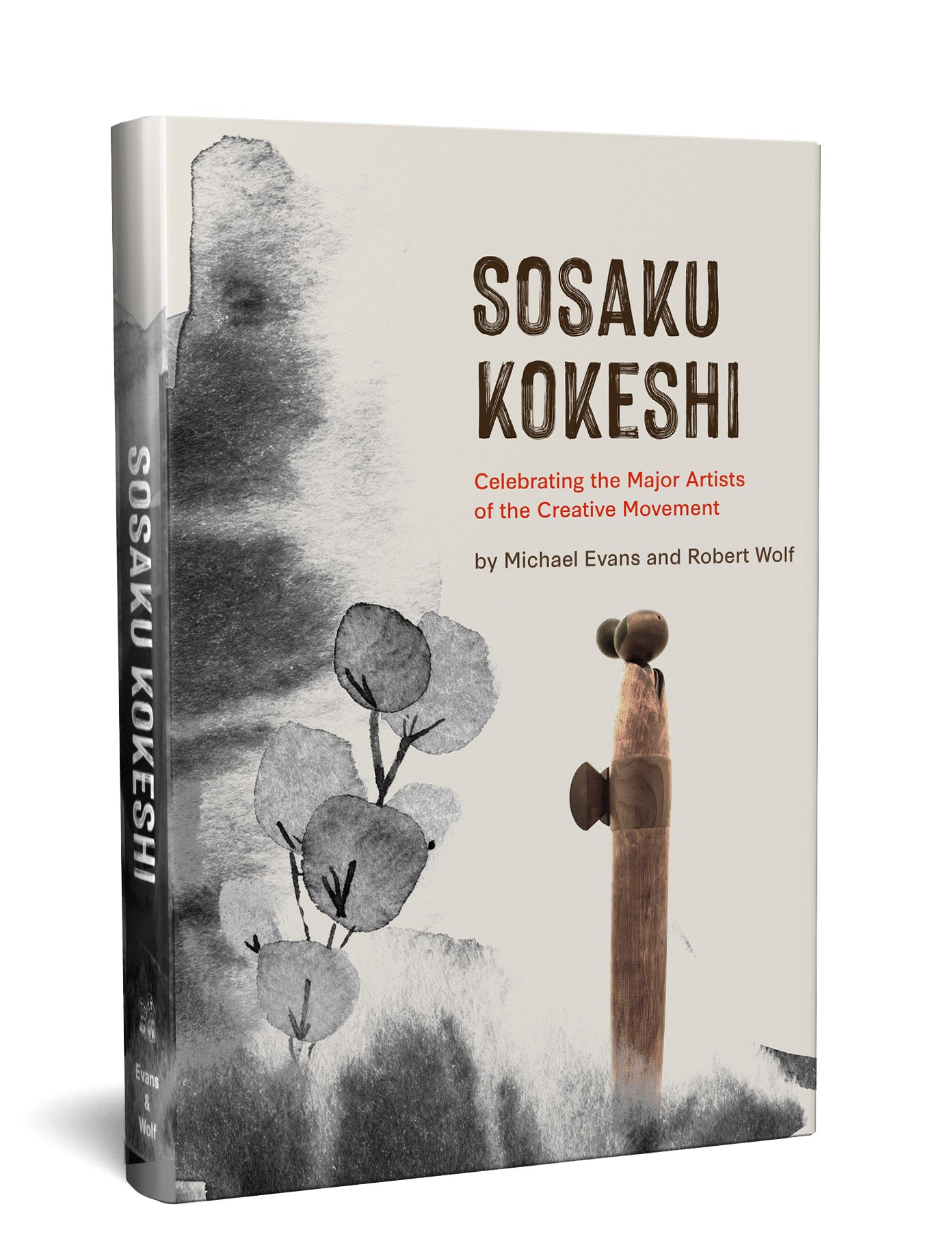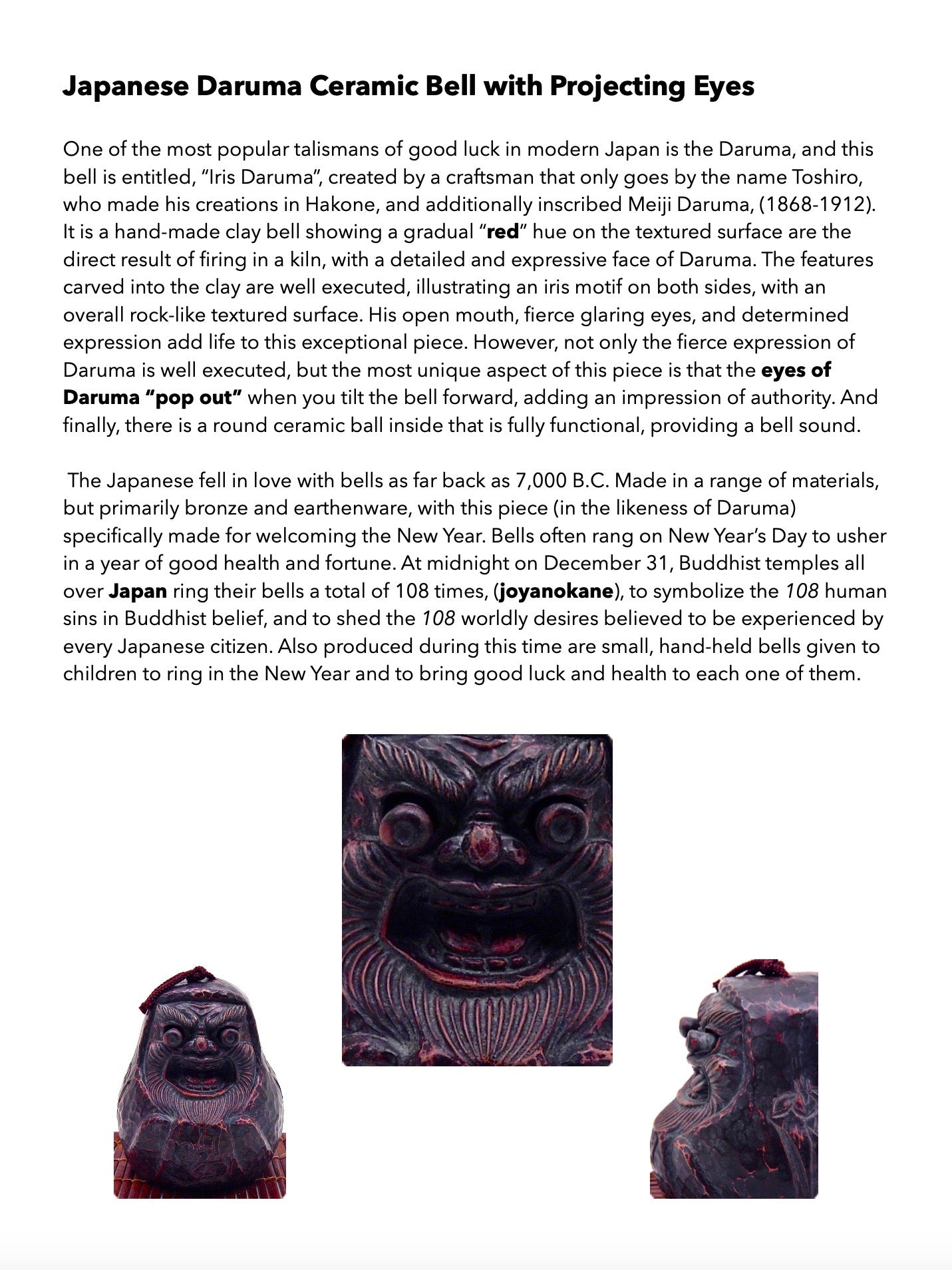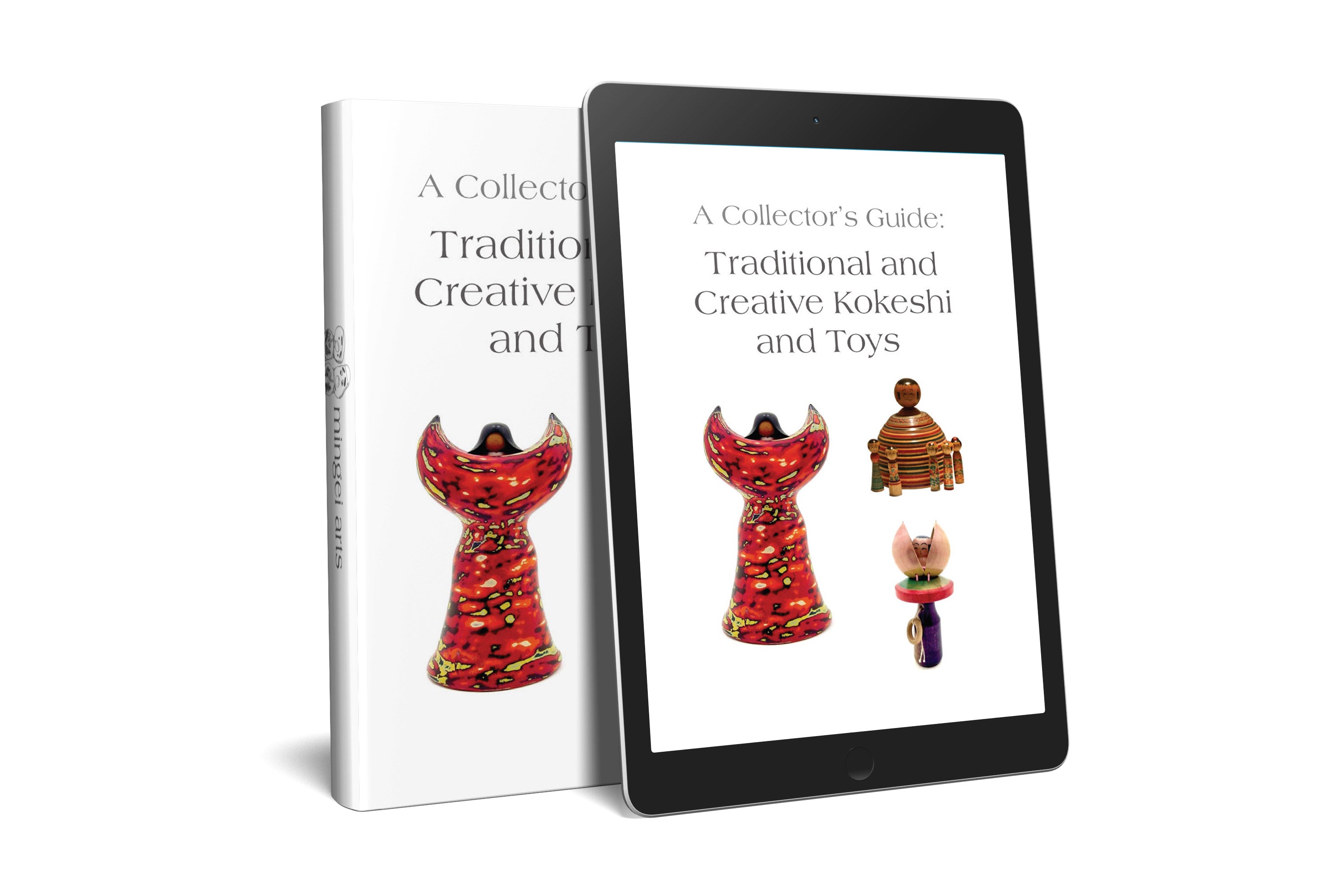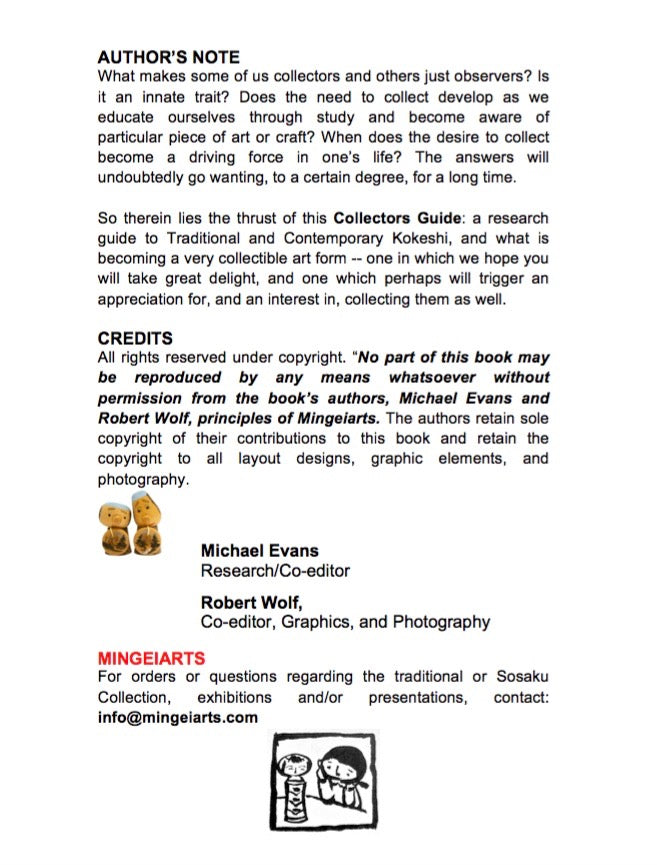Tsuru, (The Crane), has always been a strong symbol of success and good fortune in Japanese culture, and when folded into origami, it is believed that one’s “heart's desire” will come true.
Tsuru no Ongaeshi
The Grateful Crane/The Crane’s Return of the Favor, is one of the most popular Japanese folktales. It is said that once upon a time, in the Hokkaido region of Japan, there was a poor young man who was working on his small farm. Suddenly, a white crane fell from the sky and landed at his feet. The crane was injured by a bird hunter. The young man noticed that a sharp arrow had pierced through one of its beautiful wings and feeling so sad, decided to bring the crane back to good health.
He pulled out the arrow from the injured wing and cleaned the wound. By the kindness of the young man, the bird was soon able to fly again. Soon after the crane was released and flew off into the sky and the young man who said, “please be careful and avoid bird hunters.” Hearing this wish, the crane circled three times over his head and then flew away.
As darkness was about to arrive, the young man decided to return to his house. When he arrived back home he saw a beautiful young girl waiting for him that he never had seen before. The girl said: “welcome home, I am your wife”! Hearing that, the young man indeed was surprised. Then he replied: “I am a very poor man, I can’t take care of you as my wife.” The girl answered “Don’t worry, I have plenty of rice, and we can live together happily.” As the young woman promised, the small sack of rice always remained full and kept them enjoying life together.
As time passed, one day the wife asked her husband to build a weaving room. In fact, it was a favor! However, once her husband finished building the room, the wife said: “You promise me that you will never peek inside.” Hearing that, her husband replied “Ok, I won’t”, then she shut the room’s door, and after constantly weaving seven days, she came out from the room holding the most beautiful cloth he had ever seen. She advised her husband to sell it at the market for a high price. The next day, the young man took it to a nearby town and sold it for several coins. He returned home happily!

Once again, the wife returned to the weaving room to continue weaving. Seeing that her husband was very curious as to how actually his wife actually makes such a beautiful cloth, he broke his promise, and peeked inside the room. Alas! He saw a beautiful crane weaving cloth, instead of his wife weaving a cloth, plucking out her own feathers using them for threads. Then suddenly, the crane noticed him and said, “I am the crane that you saved the other day. I just wanted to repay you, and that is why I became your wife, but now you have seen my actual form, I cannot stay here any longer.” After that, the crane handed him the cloth, and said, “I leave you this to remember me by.” The crane then flew away from the young man, and disappearing forever. The crane never returned to the sad young man again.
The Many Forms of Tsuru
This long-necked, long-billed, red-crested elegant bird is one of the world’s rarest, and most handsomest birds, a symbol in Japan of long life and happiness. It centers its habitat among the reed marshes and snowfields of the Northern Island of Japan, carrying out its extravagant dance, and its crying voice. Its monogamous devotion to its mate has been an inspiration to artists and poets through literature and art, and a popular motif on everything from wedding kimono, to all forms of artistic expressions and functional three-dimensional forms.

Sadako and the Thousand Cranes
We had the great pleasure of knowing Eleanor Coerr to our Carmel Gallery, where she attended a book signing and shared her writings in her book entitled: Sadako and the Thousand Paper Cranes. She said that she was fascinated with the ancient Japanese legend that promises anyone who folds a thousand origami cranes will be granted a wish by a crane. Her book was based on the legend Tsuru no Ongaeshi. In short, after World War II, the crane came to symbolize peace and the innocent victims of war through the story of schoolgirl Sadako Sasaki and and the creation of one thousand origami cranes. Sadako Sasaki was two years old when the atomic bomb was dropped on her city of Hiroshima at the end of World War II. Patient and determined, Sadako set herself the task of folding 1000 paper cranes in the hope that her wish to be made well again would be granted. Sadako was only able to fold six hundred and forty-four cranes before her passing. Her hand-folded flock was made into a string mobile which hung above her bed, while her classmates folded the rest in support of her wish. Today, Sadako is a heroine to the children of Japan, who visit her memorial in Hiroshima Peace Park to leave the paper cranes they make in her honor. Sadako wrote a quote that was passed onto us that reads, “I will write peace on your wings and you will fly all over the world”.

The Crane in Textile Art and Design
A symbol of luck, longevity, and fidelity. These are two magnificent and unique Uchikake Kimono which would have been worn by a bride at a traditional Japanese wedding ceremony. Vintage Japanese Kimono are typically white silk fabric with bright reddish orange, gold and silver metallic thread in a raised, padded satin stitch with embroidered Japanese flowers, bamboo, and white cranes flying adorning through the garment. Also shown is a an exquisite, embroidered silk obi featuring the crane.

The Crane on Paneled Screens, Scrolls, and Candle Shields
The red-crested crane is depicted in bronze sculpture and vases, floor and wall screens, sliding doors, paintings, woodblock prints, decorative art, (candle shields), and scrolls. All beautifully hand -rendered in full detail, many of which employ multiple types of media to depict the beauty of the crane in its natural state. Folding screens serve as attractive room dividers, enclosing and demarcating private spaces in the open interiors of Japanese palaces, temples, shrines, and elite homes.

Pottery and Porcelain Crane Designs
Each of the forty-seven prefectures in Japan produces its own ceramic ware with unique aesthetics. Classic Japanese ceramics, which matured and flowered in the early Shogunate Period, are guided by the aesthetic of "wabi-sabi". This approach, which reflects the ideals of Zen Buddhism, embraces simplicity, naturalness, aging, and irregularity. The most important elements related to pottery and porcelain are: imperfection, elegance, simplicity, spontaneity, movement, mystery, and negative space (void). Three-dimensional objects that lend themselves to celebrating the importance of the Crane in Japan are bountiful, and to this day are considered treasures. Shown are hand-thrown tea cups, Guinomi, (Sake cup) and Tokkuri, (hand-held decanters), bowls, long neck, and bulbous vases, and Taru Kaisen Casks, (Porcelain Sake Barrels).


The Crane on Bronze and Mixed Metals
Bronze Irogane and Sakudo containers and sculptures represent a significant artistic manifestation throughout Japan. Japan’s close relationship with Korean and Chinese cultures effected an influx of peninsular craftsmen and are reflected in the high quality of metalwork achieved. Bronze with inlays of gold and silver work and other precious metals appear in many forms of metal products. Without doubt, the exceptional metalwork produced by Japanese master craftsmen during the Meiji period demonstrates gorgeous artistry, attention to meticulous detail, use of precious metals and unique alloys. The sheer, unbelievable quality is truly breathtaking.

The Japanese Crane as Reflected on Sosaku Kokeshi
Shown are two rare lathe-turned, and elaborately hand painted wooden dolls featuring the Japanese red-crested crane, supporting the ancient legend of promising good luck and long life. A special gift given to a couple upon their marriage, its history is deep and powerful, and its symbolism is a moving message of hope and unconditional love, for Tsuru are monogamous, supporting the basis for marriage, as the crane depicted on precious objects has always been a strong symbol of success and good fortune in Japanese culture. 

